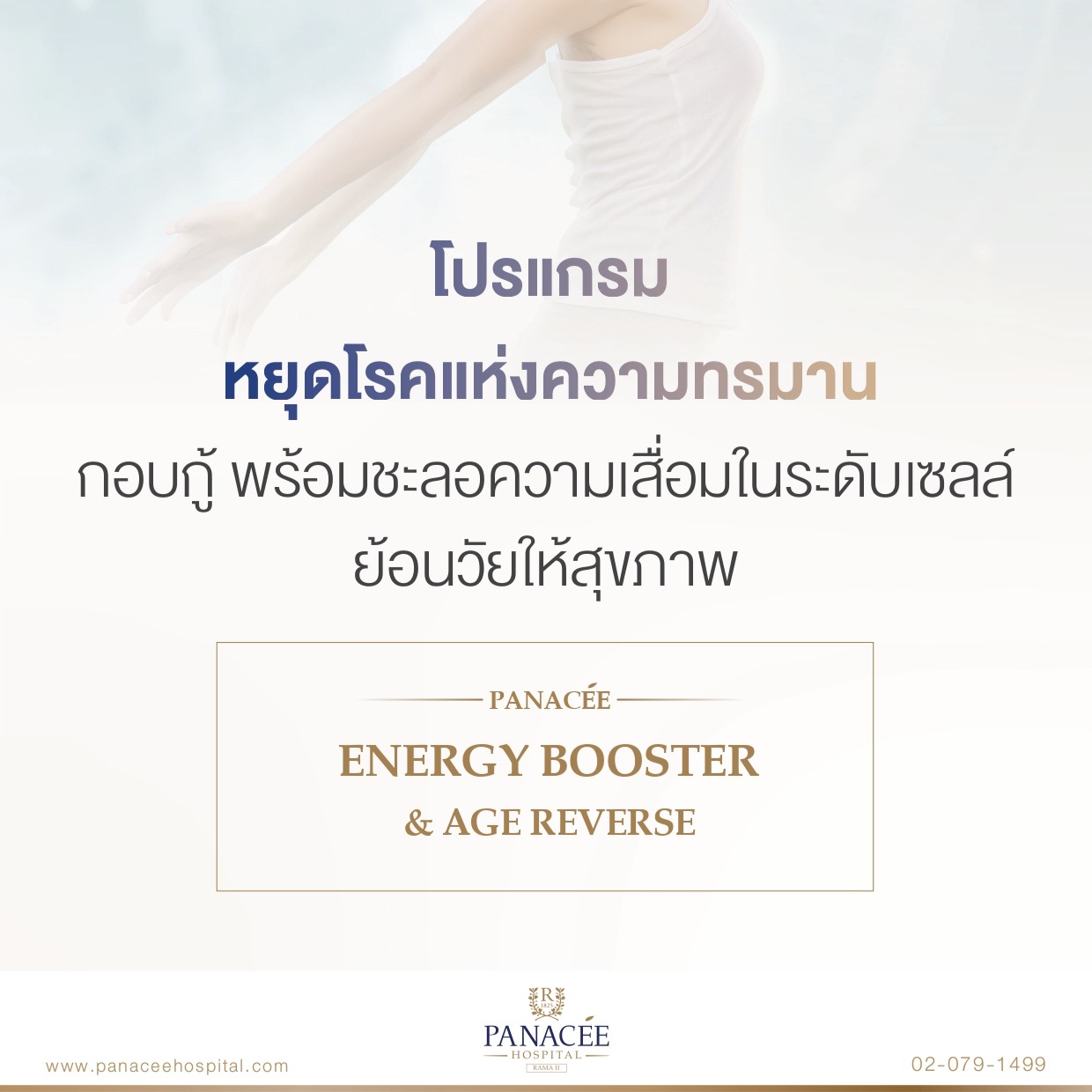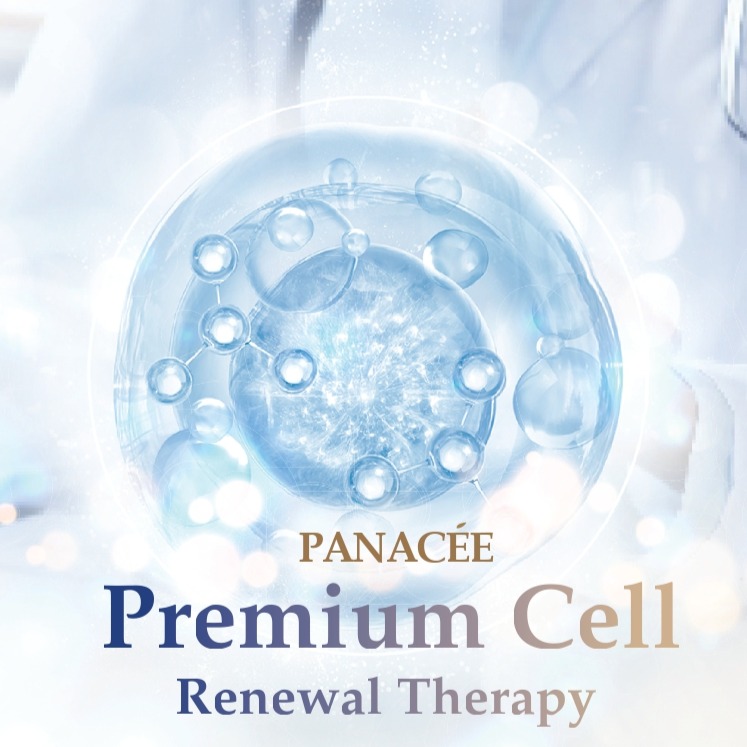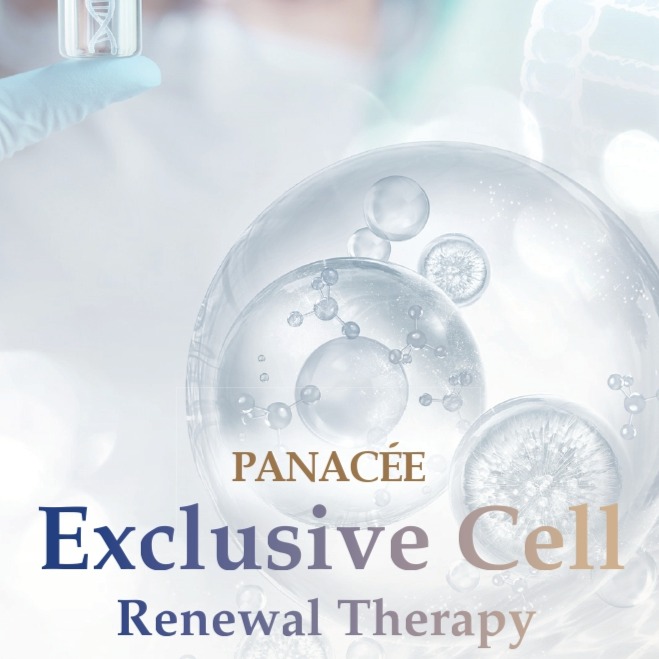Physical therapy with individual exercise (Therapeutic Exercise) 1 time.
233/128-130 ตำบล บางน้ำจืด อำเภอเมืองสมุทรสาคร สมุทรสาคร 74000
Location
Panacee Rama ll
Description
Physical Therapy: A Drug-Free, Non-Surgical Approach to Muscle, Bone, and Joint Problems
Overview
Physical therapy (PT) is a form of treatment that uses various techniques to manage pain and improve function. It focuses on treating conditions related to muscles, joints, bones, the nervous system, respiratory system, injuries, office syndrome, stroke, arthritis, and mobility issues. PT involves a variety of modalities such as ultrasound, laser therapy, hot and cold packs, massage, and therapeutic exercise.
Please note:
- Results of physical therapy may vary depending on factors such as the nature and severity of the condition, and the patient's age.
- Physical therapy requires consistent treatment, and the duration of treatment may vary from person to person.
What does the price include?
- One session of personalized therapeutic exercise
- Consultation with a physician (if the consultation is followed by treatment)
Note:
- Additional fees may apply for consultations without subsequent treatment.
About the Package
What you need to know about the physical therapy assessment package
- Each session lasts approximately 1 hour.
- Prior appointment is required.
- Treatment can be provided for any part of the body with limited movement due to pain, injury, or weakness.
- The same price applies to international patients. A passport is required for identification.
Preparation before treatment
- Avoid alcohol and smoking for 24 hours before treatment.
- Inform the therapist if you are pregnant, have any underlying medical conditions, osteoporosis, fractures, or if you have a pacemaker.
- Inform the therapist if you are taking blood thinners, have any allergies, or underlying medical conditions.
- Bring any X-rays for diagnosis and treatment.
- Wear comfortable clothing that allows for easy movement.
Post-treatment care
- Avoid staying in one position for too long.
- Follow up with your therapist for evaluation. If you experience any unusual symptoms such as drooping eyelids, headache, neck pain, blurred vision, dry eyes, allergies, or difficulty breathing, contact your therapist immediately.
Before You Decide
- If medication is required in conjunction with physical therapy, follow the advice of your physical therapist and consult with your doctor or pharmacist. Do not self-medicate.
- The techniques used by physical therapists for patients with similar conditions may vary depending on the assessment and the therapist's goals.
Contraindications for physical therapy:
- Patients with pacemakers
- Patients with cervical or lumbar spinal fusion
- Pregnant women
- Patients with high fever
- Patients with SLE or autoimmune diseases
- Patients with open wounds or skin infections in the treatment area
ศูนย์การแพทย์เฉพาะทาง
สิ่งอำนวยความสะดวก
Location
Reviews
Extra prices:
- {{total_price_html}}
- {{pay_now_price_html}}
Guest in maximum
BOOK NOW Book Now






